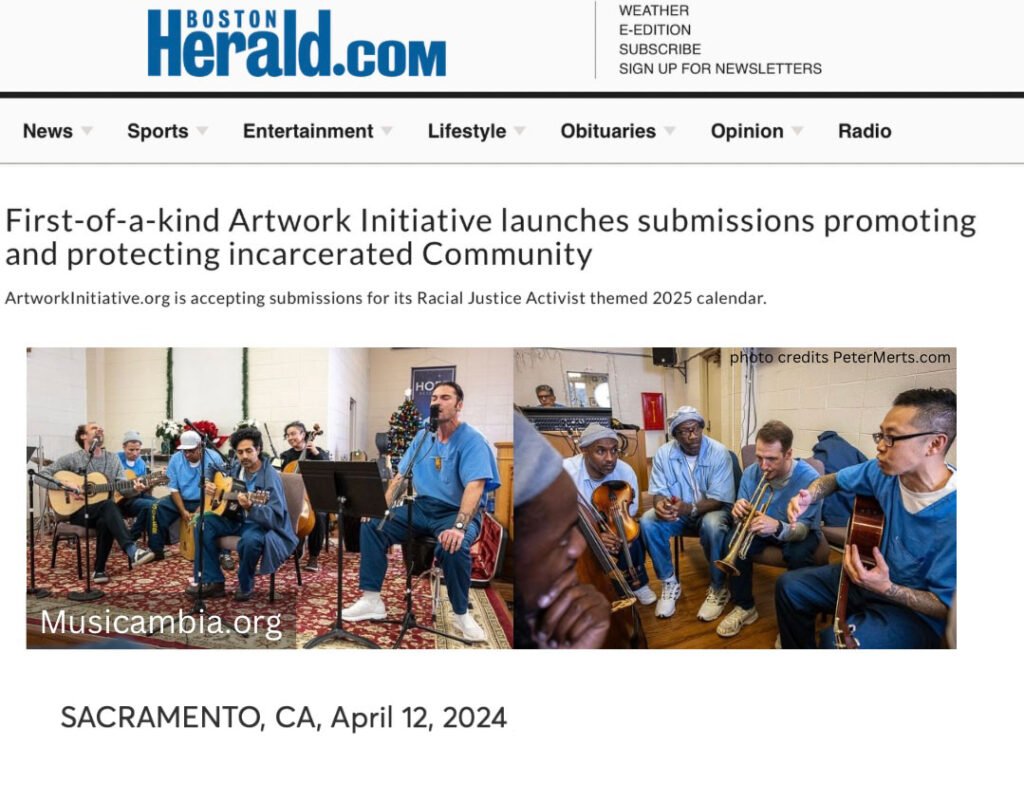Important aspect of the Art Work Initiative team’s work is advocacy
The Art Work Initiative team is a dynamic and creative group dedicated to fostering artistic expression and innovation within their community. Comprising artists, educators, administrators, and enthusiasts, this team is united by a shared passion for leveraging art as a powerful tool for social change, cultural enrichment, and personal growth.

Art Work Initiative team serves as a catalyst for artistic growth, cultural enrichment, and social change in their community.

In Association With IJA Empowermentave
Contact : 628-285-7831 ourworldartwork@gmail.com
©ArtworkInitiative 2024 Design By stylenspirituality
 Her transformative journey began with a Master of Arts in Leadership and a BA in Human & Community Services from Saint Mary’s College, where she honed qualitative leadership capacities, fostering meaningful connections with people.
Her transformative journey began with a Master of Arts in Leadership and a BA in Human & Community Services from Saint Mary’s College, where she honed qualitative leadership capacities, fostering meaningful connections with people.
In her role as the Program Director for No More Tears at San Quentin State Prison, Tammy collaborated with incarcerated men dedicated to non-violence principles.
This experience exemplified her commitment to social justice and transformative change.
Her significant contributions extend to the Racial Justice Oversight Body (RJOB), where she served for two years, addressing racial disparities in the justice system for Contra Costa County.
At Brigham and Women’s Hospital, a premier teaching hospital of Harvard Medical School,Tammy furthered her impact as a Mediator within the Office of Mediation, Coaching, Ombuds, and Support Services, providing vital support for personal and professional growth.
Tammy’s teaching tenure at Saint Mary’s College showcased her commitment to education and inclusivity. As a Campus of Difference Facilitator and Values Coach, she contributed to shaping the Masters in Leadership Program. Her achievements include managing Admissions and Marketing for the Leadership Studies Program and serving as the Marketing and Communication Director for the Kalmanovitz School of Education.
Recognized with the Engaged SMC Staff Award, Tammy’s dedication to community service and social justice education has been unwavering. Over the past 15 years, she has volunteered with organizations such as Shelter Inc., Academic Peer Education Program at San Quentin, Alameda Point Collaborative, and Maximizing Opportunities for Mothers to Succeed (MOMS) Leadership Program.
Tammy has also played a pivotal role in these organizations. She developed a facilitator training program for peer educators in the Academic Peer Education Program at San Quentin, volunteered as a Board Member for Shelter Inc. focusing on ending and preventing homelessness, served as a Leadership Development & Learning Facilitator for Alameda Point Collaborative, and assisted in developing a family-based Leadership program for formerly incarcerated mothers and their children within the MOMS Leadership Program.
Tammy’s leadership extended to coordinating regional #MeToo and Black Lives Matter events, facilitating multifaceted and collaborative conversations that fostered understanding and positive change.
Now, Tammy has embarked on a new chapter as a published poet with her book “DeyUgo.” This collection serves as a guiding light, inspiring others on their healing journeys. With a holistic approach to leadership, mediation, and healing, Tammy continues to be a catalyst for positive change, embodying authenticity and inspiring others to embrace their true selves.

At the age of 19, in 1996, he found himself incarcerated and placed within the California Department of Corrections. Over the next 45 years, Gary navigated the challenges of confinement, using the time to cultivate valuable workmanship craft skills, particularly in the realm of woodwork, during his tenure at San Quentin.
Marching through the corridors of time, Gary’s story takes a remarkable turn as he emerges from the shadows of incarceration at the age of 65, now a free man. The profound question of what it truly means to learn how to live life anew at this stage looms over him. Grateful for his freedom, Gary expresses gratitude to a higher power, acknowledging the blessings that accompany his return to the outside world.
However, the transition to freedom is not without its hurdles. He finds himself dependent on the assistance of others as he grapples with the basics of everyday life. From mastering the intricacies of using a computer to cooking, operating household appliances like the washer and dryer, creating a resume, and other fundamental life skills, he faces a steep learning curve at 65.
In the realm of art, Gary encapsulates his creative philosophy with a succinct yet powerful statement: “My favorite piece of art is the one I have not yet created.” This sentiment reflects an enduring spirit of exploration, innovation, and a continuous quest for self-expression.
Gary’s artistic journey serves as a testament to the transformative power of creativity, resilience, and the pursuit of personal growth against all odds. As he grapples with the challenges of adapting to a world that has evolved during his confinement, his story becomes a canvas upon which the brushstrokes of his past, present, and future converge in a narrative of redemption and artistic self-discovery.